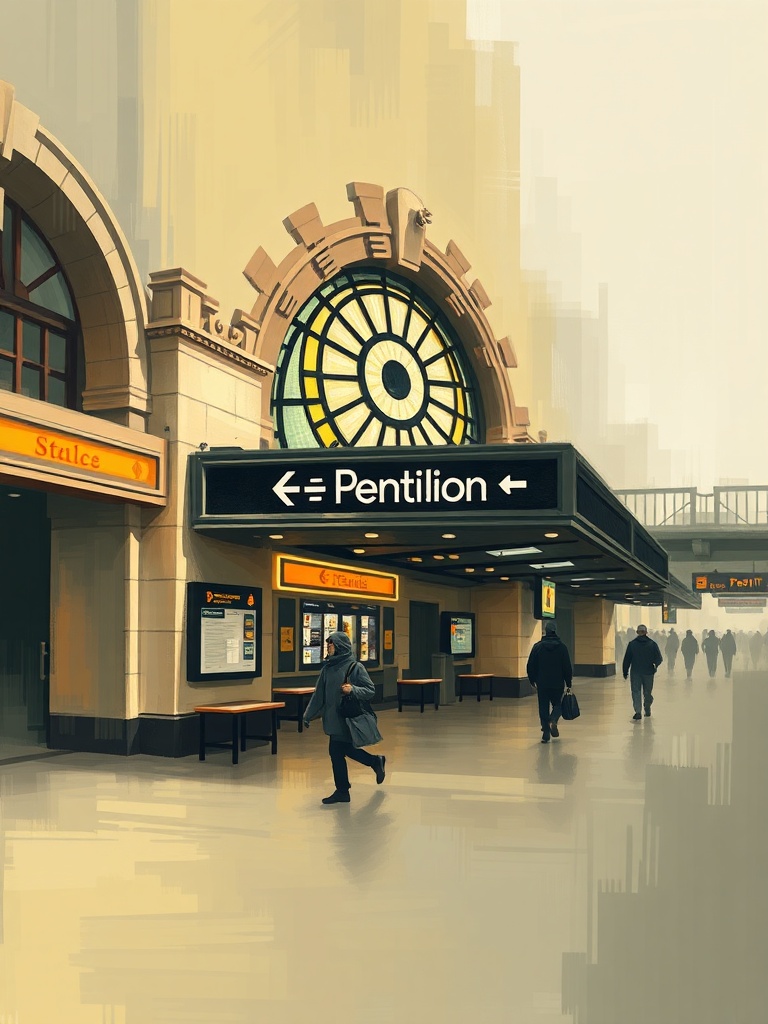Penn Station remains one of the busiest travel hubs in the country, a daily crossroads for commuters, intercity passengers, and visitors.

Whether you’re catching an Amtrak Acela or Northeast Regional train, commuting on the LIRR or NJ Transit, or transferring to the subway, knowing how to navigate the station and the surrounding improvements can save time and stress.
What to expect on arrival
Penn Station is a complex of platforms, concourses, and passageways beneath Midtown.
Signage can be dense and routing between Amtrak, LIRR, and NJ Transit platforms varies by track, so allow extra time for transfers. Real-time departure boards and transit apps are the most reliable way to confirm gates; many services also post alerts about platform changes and delays. Wi‑Fi is generally available in major concourses, and charging points are common in newer waiting areas.
Moynihan Train Hall and nearby amenities
Across from the old post office façade, the Moynihan Train Hall opened as a modern complement to the station’s lower-level concourses. It offers higher ceilings, natural light, and a wider selection of retail and dining options than the original concourse, making it a more comfortable place to wait.
Travelers looking for sit-down dining, better seating, or improved wayfinding will often prefer Moynihan for Amtrak departures when possible.
Ongoing and planned improvements
Efforts to modernize the entire Penn Station complex continue, with multiple agencies coordinating to increase capacity, enhance passenger experience, and improve accessibility. Projects include revamped concourses, better vertical circulation (stairs, escalators, and elevators), and streetscape upgrades around the station entrances. Because parts of the station are active construction zones from time to time, it’s smart to check official service pages for temporary closures or reroutes before traveling.
Connections and transfers
Penn Station is well-integrated with the city’s transit network. Major subway lines are accessible within a short walk, and PATH service from New Jersey is nearby. For first-time visitors, follow the signs for “subway,” “Moynihan Train Hall,” or specific transit providers. If you’re transferring between providers, allow extra time during peak hours and consider buying tickets ahead of time through the official apps to reduce on-site transactions.
Traveler tips
– Buy tickets in advance when possible to secure seats and avoid lines at the ticket windows. Mobile tickets speed up boarding.
– During peak commute times, expect crowded platforms and concourses; travel outside rush hours if you prefer a quieter experience.
– Keep luggage and personal items close; busy stations attract pickpockets. Use luggage storage options at nearby facilities if you need short-term drop-off.
– Accessibility services are available—request assistance ahead of arrival to coordinate staff support and elevator access.
– For food and supplies, Moynihan and the main concourses both offer a mix of grab-and-go and sit-down options; local neighborhoods around 34th Street add more choices.
Why Penn Station still matters
As a central node in the Northeast corridor, Penn Station supports millions of commuter and intercity trips. Improvements underway aim to address capacity bottlenecks and deliver a more modern, navigable experience for passengers. For commuters, occasional inconveniences from construction are weighed against long-term benefits: more reliable service, clearer wayfinding, and a more comfortable station environment.
Before you travel, check the official Amtrak, LIRR, and NJ Transit communications for the latest platform assignments and service alerts. A little planning goes a long way toward a smoother arrival and departure at this essential transit hub.